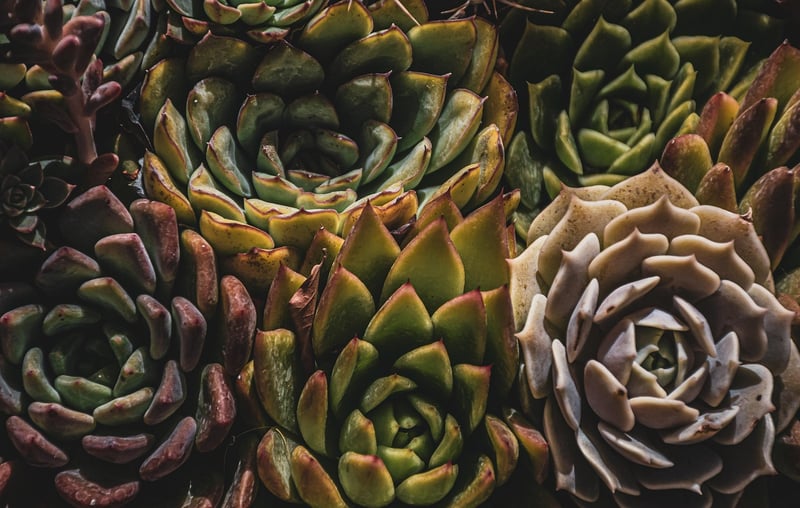Sunlight Requirements
Essential Plant Care Advice and Sunlight Requirements
Introduction
Welcome to our guide on essential plant care advice and sunlight requirements. Taking care of your plants is crucial for their health and growth. One of the key factors in plant care is understanding the sunlight requirements of different plants. Let's explore some essential tips to help you keep your plants thriving.
1. Choose the Right Plant for Your Light Conditions
Before purchasing a plant, consider the amount of sunlight it needs. Some plants thrive in bright, direct sunlight, while others prefer indirect light or shade. Make sure to match the plant's sunlight requirements with the available light in your home.
2. Sunlight Requirements
Plants are typically categorized based on their sunlight requirements:
Full Sun Plants
- Routine direct sun exposure for at least 6 hours a day.
- Examples include succulents, cacti, and many herbs.
Partial Sun/Partial Shade Plants
- Need a mix of sun and shade, typically 4-6 hours of sunlight.
- Examples include ferns, begonias, and peace lilies.
Full Shade Plants
- Thrive in minimal to no direct sunlight.
- Examples include snake plants, pothos, and peace lilies.
3. Monitor Sunlight Exposure
Observe how much sunlight your plants receive throughout the day. Make adjustments as needed by moving them to areas with more or less light to ensure they are getting the right amount of sun exposure.
4. Avoid Sunburn
Plants can get sunburned if exposed to too much direct sunlight. If you notice browning or wilting leaves, consider moving the plant to a spot with less intense light to prevent sun damage.
5. Artificial Lighting
If natural light is limited in your space, consider using grow lights to supplement sunlight for your plants, especially during the darker months or in rooms with little natural light.
Conclusion
By understanding the sunlight requirements of your plants and following these essential care tips, you can create a healthy environment for your green companions to thrive. Remember, each plant is unique, so it's essential to cater to their specific needs to ensure their well-being.

Image Source: Pixabay
